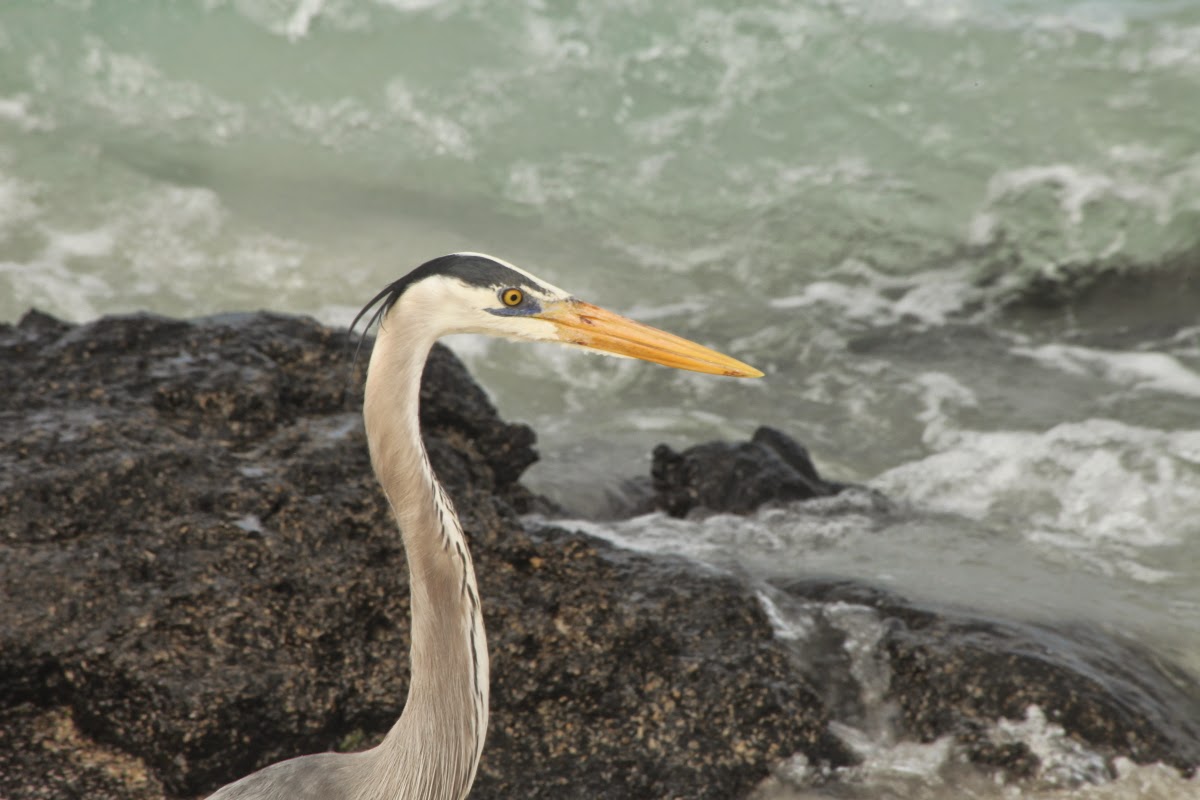Here are a few pictures from a three-day cruise in the Galapagos Islands. This was my 7th or 8th time there. I just love the desert landscapes and wildlife.
Tall opuntia cactus on Santa Fe Island. Many of the islands have variations of this species of Opuntia echios.
Opuntia echios (var.) Found on Santa Fe Island.
Many of the islands also have endemic iguanas (Conolophus subcristatus). You cna read more about them here.
I think these are the most interesting of the many animals to be seen in Galapagos.
This one was observed on North Seymour Island.
They are up to 5 feet long and can weigh up to twenty five pounds (depending on what island species is encountered).
I have already forgotten the name of this red footed gull but they are quite beautiful.
South Plaza Island cactus.
The islands were erupted on top of a volcanic hot spot and the oldest emergent island is Santa Fe at 3.9 million years. However, some submarine seamounts were once likely emergent and are much older.
The red color is from a succulent plant much similar to ice plant.
A marine iguana basking on the warm volcanic rocks. Highly specialized to swim and forage in the sea, these are endemic only to the Galapagos.
The whitish crust on their snout is where they blow salt out of a specialized gland that processes drinking water out of the sea.
Male Frigate birds puffing out their red throat pouch hoping to attract females.
They bat their tongues on the inside of the pouch and make a drumming sound whenever a female flies over.
Fearless of humans
Blue-footed boobies.
Young and adult blue-footed boobies next to the Palo santo tree, related to other Bursera plants and frankincense and myrrh.
The Sally Lightfoot crab.
Shore scene.
Flamingos in a brackish water lagoon.
The white pelican.
A Great blue heron was a successful hunter on the water's edge.
Sunset in the Galapagos. I will be home on Saturday!























No comments:
Post a Comment
If your comment will not post, email me with the problem.